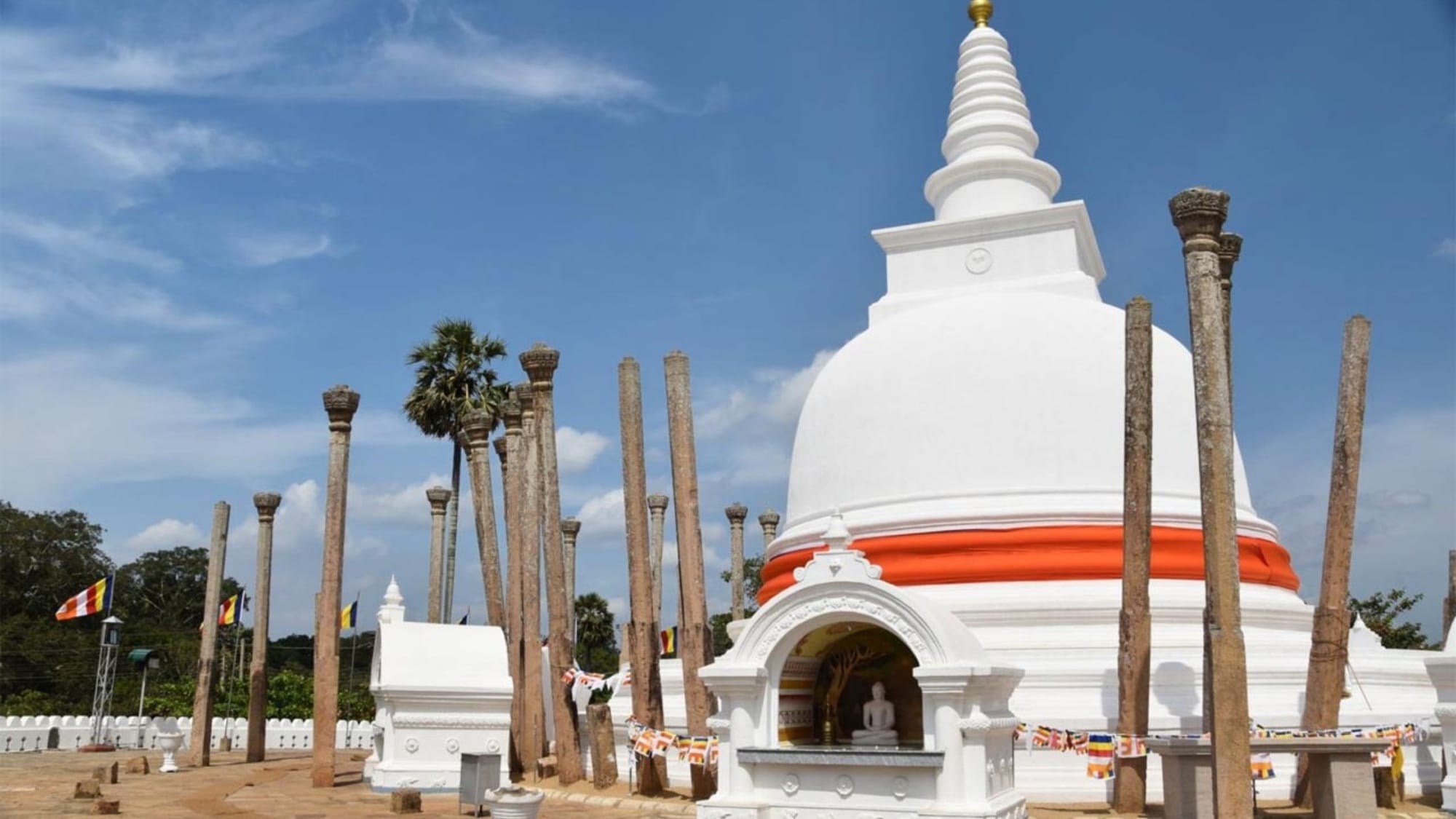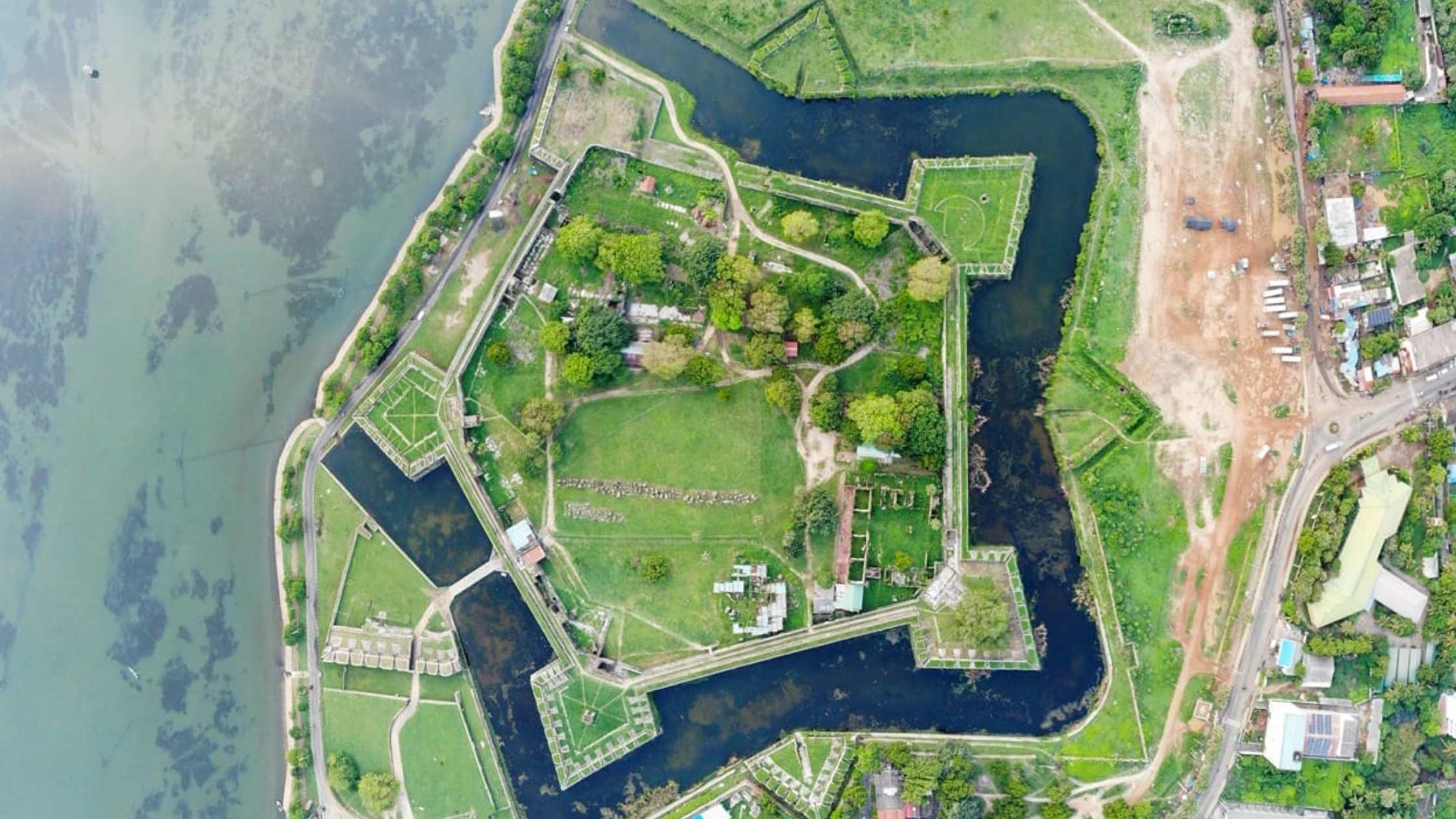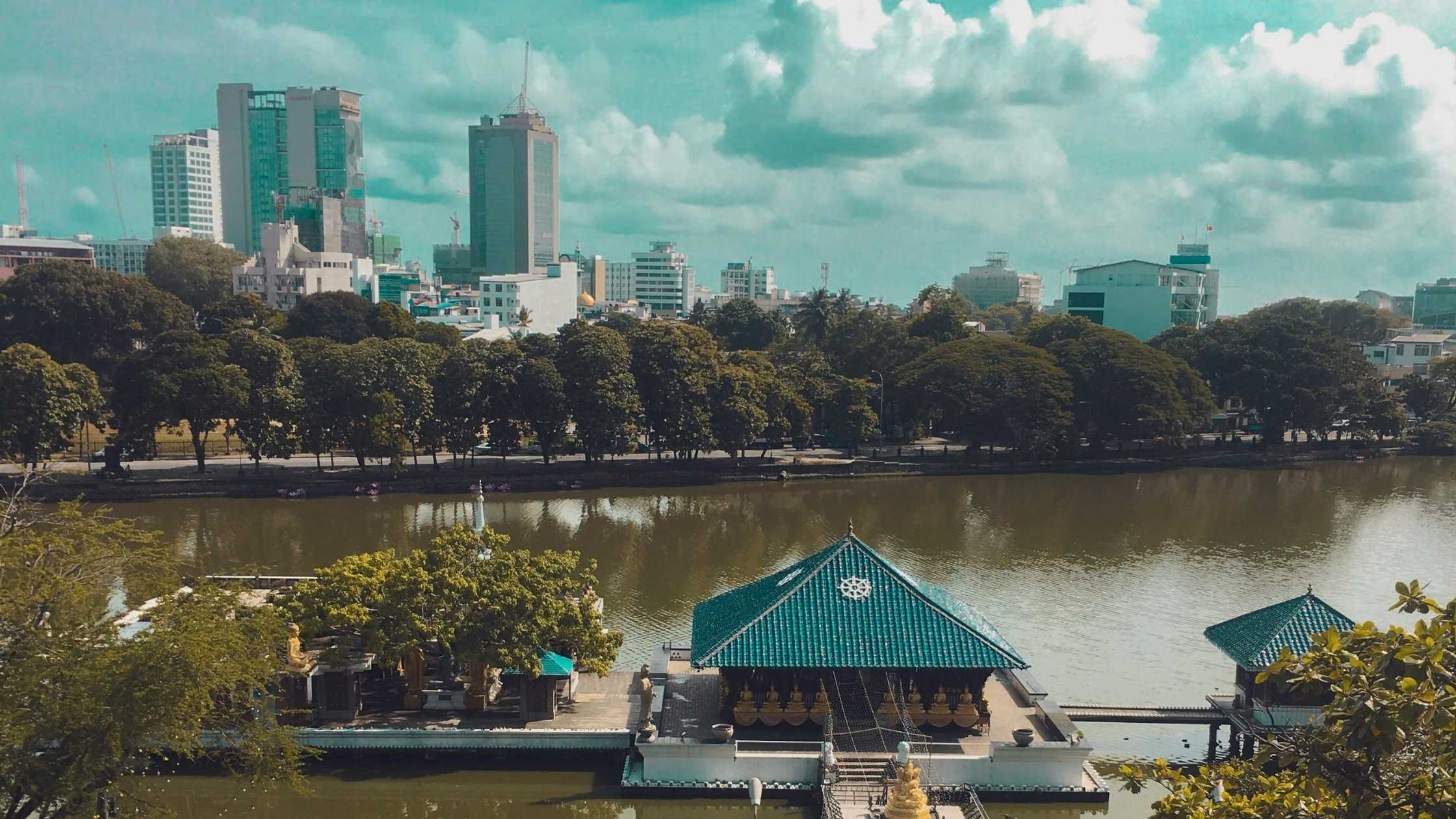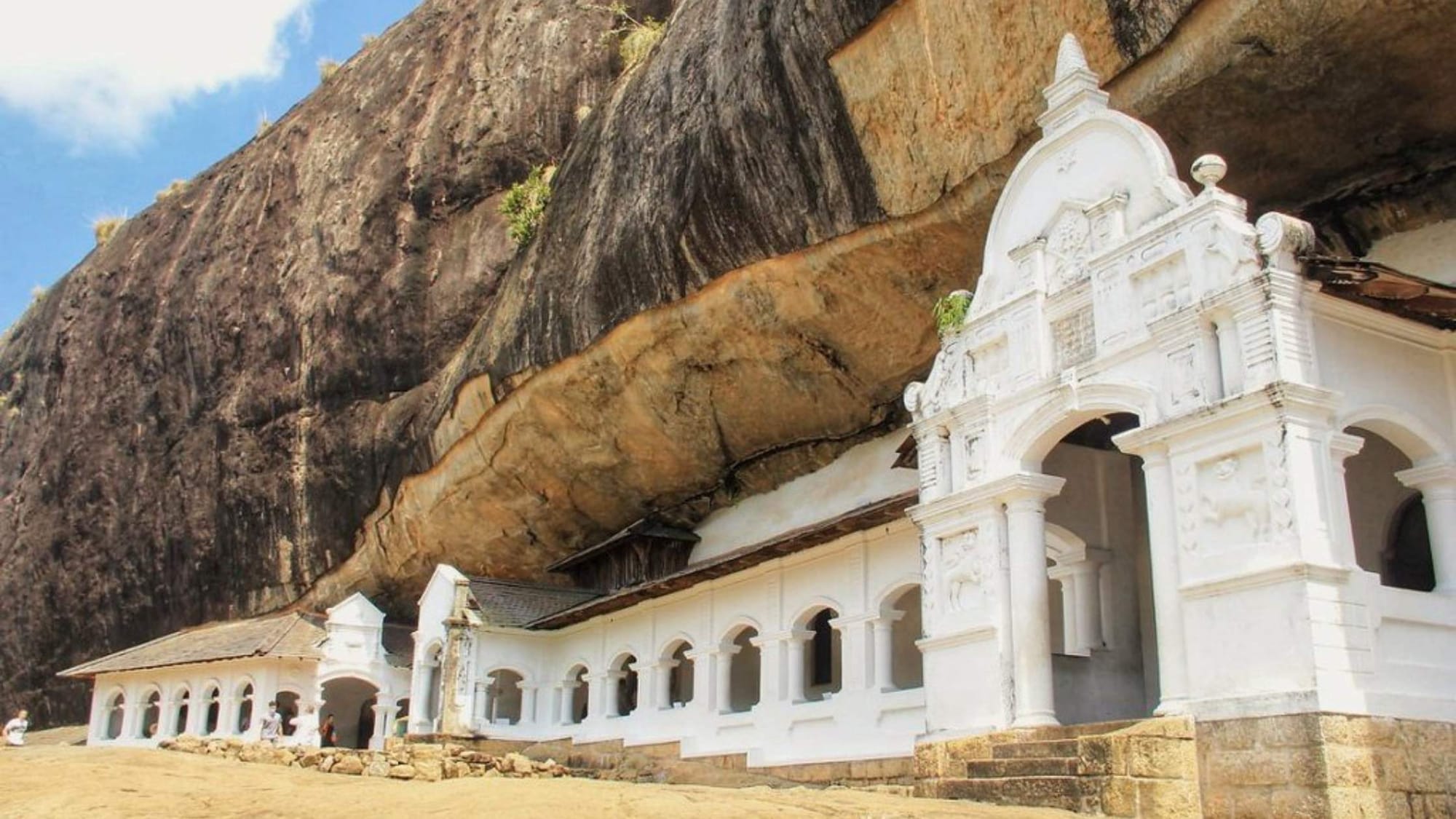The Moment Everything Went Quiet
Imagine this.
You're in front of the Temple of the Sacred Tooth Relic in Kandy. Gold spires pierce the morning air.
Incense and frangipani fill the air.
Then you step one step forward in your flip-flops and shorts.
All eyes turn. Talking stops. The security guard steps forward with a gentle but firm face.
You've just committed the most common tourist faux pas in Sri Lanka temples.
But the reality is this: This cringe-worthy mistake is avoidable.
Why This Matters More Than You Think
Sri Lankan temples are not aspic-scented museums. They're living, breathing temples where millions of pilgrims go to pray, meditate, and find peace.
The Temple of the Tooth alone receives 30,000 pilgrims a day. Dambulla Cave Temples have been receiving pilgrims for over 2,000 years.
These aren't tourist attractions. They're sacred ground that invites you to treat them with the same respect you'd show if you were at someone's house.
And when do you get it right? When you're playing by the unspoken rules people have lived by for centuries?
Something magical occurs.
You're not a tourist packing a camera anymore. You're a privileged guest of an experience that transcends.
The Foundation: What You Wear Speaks Before You Do
Your fashion is your first impression to each monk, believer, and temple guard you will meet.
So, do this:
Cover your shoulders and knees. Male and female both. No exceptions at all. That tank top looks great at the beach but not in temples.
Choose light, loose-texture clothes. Cotton and linen will be your best friend in the heat of the tropics. Tight clothes not only disrespect you, you'll be hot in 30°C weather.
Pack a sarong or scarf. Treat it as your temple insurance policy. Light, space-saving, keeps you out of awkward moments.
Dress in white. Not required, but the locals do. White represents purity. You'll fit in.
But here's what most guides won't tell you: The true reason for modest dress has nothing to do with random rules. It's about changing the way you think from tourist to participant.
The Shoe Ritual That Makes All the Difference
Every temple entrance starts the same.
Shoes removed. Hats removed.
Sounds simple, doesn't it?
Here's why it matters: Removing your shoes isn't hygienic. It's modest. You're actually descending from the outside world into sacred space.
Watch the locals. See how they place their shoes in definite spots with respect? How do they tiptoe over the threshold?
They're not just following rules. They're participating in a tradition that's thousands of years old.
Pro tip: Sock up. Temple floors are blisteringly hot by noon. Your feet will appreciate it.
The Silent Language of Respect
Your body has a lot to say in temples.
Don't point your feet at Buddha images. Sit cross-legged or kneel. It's not about arbitrary rules, feet are the lowest, dirtiest part of you.
Don't turn your back to sacred statues. That Instagram-perfect selfie pose? Forget it. Stand beside images, never behind them.
Press palms together when giving a greeting. The anjali mudra. A gesture that means "I bow to the sacred here."
These aren't rules. They're requests to come be a part of something old and sacred.
The Photography Question Everyone Asked
"May I take a photograph?"
The honest answer: It depends.
Some temples permit photography. Some don't permit photography at all. Many are somewhere in between.
Always ask first. Check for signs. Ask temple officials. In doubt, don't shoot.
Never flash. Sunlight bleaches out old murals. Devotees find it distracting.
No selfies with the Buddha statues, please. This is not Instagram. Holy images are not photo props.
But here's something better than any photo: The memory of sitting quietly in a 2,000-year-old cave temple, watching light creep across ancient paintings as monks chant in the distance.
That moment? No camera can even capture it.
The Sound of Sacred Silence
Temples are a refuge from the din of modern existence.
Whisper. If you must talk, talk softly and briefly.
Silence phones. That beep you get on your phone when it's time to pray? Cringe worthy.
Keep romance out of sight. Hand-holding is innocuous, but it breaks locals in sacred spaces.
The yearning isn't crass silence. It's a thoughtful regard for the spiritual space in which you find yourself.
Watching Without Disrupting
You'll observe beautiful rituals. Devotees offering marigold garlands and oil lamps. Monks chanting the old sutras. Families praying together.
Stand respectfully back. Don't bump into pilgrims or disrupt prayers.
Don't touch the offerings. Those marigold garlands and oil lamps are not decorations. They're offerings.
You can leave a small offering. Not required, but beautiful. It helps keep these incredible sites going.
The secret is observation without intrusion. You're a visitor to their spiritual home.
Special Rules for Special Places
Every temple is unique and has its own traditions.
Temple of the Sacred Tooth Relic, Kandy:
Get there early for the puja ceremonies. Dress even more conservatively this is Sri Lanka's holiest Buddhist shrine.
Dambulla Cave Temples:
Be prepared to hike. Wear sturdy shoes that are simple to take off.
Bring water, but drink it first before entering.
Hindu Kovils:
Shirts may need to be taken off by men in some places. Women should wear long skirts or sarees. These temples are more formal in dress code.
Find out about your individual sites. Each has history, tradition, and requirements that are worth discovering.
Monks: Respected Teachers, Not Photo Backdrops
Buddhist monks hold a respected position in Sri Lankan society.
Women do not touch monks. Hands neither. If giving something, put it on a plate or wrap it in cloth.
Men may be hand-shaken if the monk offers his hand. But have them extend their hand first.
Address respectfully. These are trained teachers, not attractions for tourists.
Remember: Monks have devoted themselves to spiritual practice. Respect them as locals would.
Beyond the Temple Walls
Your manners shouldn't begin and end at the gate.
Don't litter temple grounds. Do what you take in. These are heritage areas, not garbage bins.
Don't tread on demarcated routes. Those age-old stones seem strong, but they're irreplaceable history.
Don't play around with the environment. Some of these temples fall within sanctuaries with unique ecosystems.
The Local Expert Tip
Sick of all these dos and don'ts?
Here's your insider trick: Watch the locals.
Sri Lankans are extremely hospitable to thoughtful visitors. They will walk with you, regale you with tales, and explain the deeper symbolism of what you are experiencing.
Take their lead. Be polite in your quest. Express a genuine interest in their culture.
You'll be a tourist-guest.
What This Really Means for You
Temple etiquette is not tiptoeing.
It's about having more rich experiences.
When you approach with reverence, act with reverence, and listen with reverence, things shift.
The nervous doubt of "Am I doing this right?" dissipates.
You start to perceive: The sunbeams streaming through beautifully carved windows. The rhythm of prayed prayers. The peaceful smiles on devotees' faces.
You no longer stand as an outsider observer. You are included now.
The Bottom Line
Sri Lanka's temples offer something that is priceless in today's hi-tech world: real spiritual experiences.
But only if you go with respect.
Apply these tips not out of duty, but so that you can fully experience the entire thing. So that you can become one with something greater than tourist attractions and photo shoots.
So that you can leave Sri Lanka having spiritually experienced its real heart.
The choice is yours.
Come in reverence, and see why those sacred places have drawn pilgrims for over two millennia.
Or whizz past in tour mode and entirely miss the enchantment.
What sort of traveler will you be?








